When objects become lighter than memory
The purge and the second nest.
Spirits live quietly alongside us. Not as slips of shadows or flashes of light, but as something far more ordinary etched into objects. If you’re anything like me, you hold onto them out of guilt. It feels like betrayal, or worse. An erasure, as if dumping a trinket charged with memories would make them disappear.
I held onto a plastic Star Trek toy that held no particular meaning except that it was the only thing that was returned to me by his workplace when my brother ended his life. Kept it in a drawer for ten years because I had so few things that belonged to him. Finally, last year I threw it away.
I hated the thought of releasing it to languish unceremoniously somewhere in a landfill. Surely, the memory of a loved one deserves better than that?
How do we know when we’re ready to part with these anchors of memory and time? Why do some objects become less of a portal and slowly return to just being objects again? I’m curious why the emotional charge of a memory weakens in these inanimate objects made of cloth, plastic, metal, or wood. Whether for closure, a new chapter, or a transfer of memory, there comes a time when we no longer need these vessels for the ones we internalize.
For the past two weeks, I’ve been on a purging bender. Objects which lose their meaning become burdens of clutter. I spend my free days tearing apart drawer after drawer and scrupulously digging through closets to purge with unforgiving intent.
I sift through the random collection of stuff I’ve culled into a giveaway box—all things that I’ve held onto for decades, and survey them one last time. A four inch buddha carved from bone. A tiny daguerreotype portrait possibly from the 19th century that sits in an embellished gold frame. A pack of Letraset Pantone markers that I’ve held onto for 35 years that still hold ink—a relic from my art school days, if you can believe it. As a last breath, I give each of these objects a litmus test: does it still make me feel something?
Curiously, maybe this is why I hold onto certain things even though some memories are filled with wistful regret. I keep a small silver heart charm studded with black crystals given to me by my childhood best friend tucked in a pouch inside a jewelry box. It was a friendship gone bad that imploded in college, yet I keep it hidden away in darkness like a secret.
Once or twice a year I fall into these rabid purging moods where I’m desperate to rid the apartment of visual clutter because it feels suffocating—and this, coming from a home that is not cluttered in the least. I swing wildly between periods of wanting to be surrounded by all the objects that I love, to wanting to live in a home that is empty and light.
This summer, I break my year-long, no-buy challenge and buy light fixtures that I’ve been wanting to replace in our home for 20 years. I get a ridiculous amount of pleasure from new shelf organizers that are completely transforming my life. I purchase a new quilt to swap out for the one falling apart that I can no longer mend with needle and thread.
And I realize that what I’m doing is building a second nest. Manifesting this identity disruption, not as a loss as my parenting life recedes, but as something still unknown. Who lives in this home now?
The science behind it tells me that nesting during liminal phases grounds us psychologically, but that it’s also a biological response involving hormones and cortisol. I just know that it feels good. A stress buffer that allows me to blissfully pretend that I’m still in control. The strong urge to reorder my environment. You can also call it Swedish death cleaning or downsizing, whatever you like. I hear from other friends that they’re in a period of intense purging too. Makes sense. It signals the end of summer when everything shifts again.
In Erik Erikson’s eight stages of psychosocial development, middle age, the second to last stage of life, is defined by the tension between generativity and stagnation. I do not choose stagnation even if it actively chases me down.
I start clearing surfaces, kicking up dust that settles behind picture frames and inside ceramic vessels. I switch out photos and art in frames and put away the objects that I’m not ready to part with. For the ones that make the cut, I release them from their ghosts, comforted by the fact that I can put anything out on our Brooklyn sidewalk where it will get claimed within hours to new memories and homes.
I urge the kids to do the same before they pack up for college. But they dig through my giveaway box with protests that I’m throwing away some of their childhood memories.
Building a home, just like building a life, is an endless process of holding on, letting go, and finding the middle. I look at the objects they’ve pulled out of the box for a minute before placing it back into drawers. The spirits are bigger than I am. And sometimes they hold on too tight.
Related reading
Weekly links & recommendations
To read:
You don’t have to care about Labubu (Salon)
And I didn’t until a friend of mine offered a Labubu to one of my kids. Thinking she’d turn it down, I was surprised when she accepted. Her reasoning? It’s a token of what she’ll remember as 2025, in the same way that Rubik’s Cube or Cabbage Patch Dolls came to define the 80s.Which lead me to this fun trip through memory lane: The Fad Toy Everyone Was Obsessed With the Year You Were Born (Cosmopolitan)
Toys I forgot until now: Colorforms, Glo Worm, and Pogs. Fads from my kids’ childhoods that I was reminded of: Silly Bandz and Rainbow Looms.No more Letterboxd! Why I quit hobby-tracking apps (Dazed Digital)
We know all about social media fatigue, but there’s also tracking fatigue. What do we gain by tracking our reading, our steps, our everything?The History of Slavery Cannot Be Erased (Dame Magazine)
Our wannabe Mad King continues with his anti-woke crusade to sanitize history, but we need to protect institutions like the Smithsonian to preserve the truth about slavery’s brutality.
Glorious and mundane - I once exalted in the extraordinary. But as I’ve learned from Virginia Woolf, indelible beauty is also found in the everyday (Aeon)
Moments of non-being and the routine of everyday life are often the acts that quietly sustain us, not the extraordinary moments we chase after.Right-Wingers Hope Taylor Swift Will Inspire a New Generation of Trad Wives (Mother Jones)
I’m not a Swiftie and I can’t even name any of her songs 😬, but congrats on her engagement. And the way that MAGA are jumping on this news to promote their conservative right-wing agenda as a hot win is absurd.
To watch:
I’m a fan of comedian and writer Josh Johnson (you may know him from The Daily Show). He’s not really your typical stand-up comedian with punchlines every few minutes, but more a smart, conversational storyteller who, like all of us, is trying to make sense of what’s going on in current events and politics.



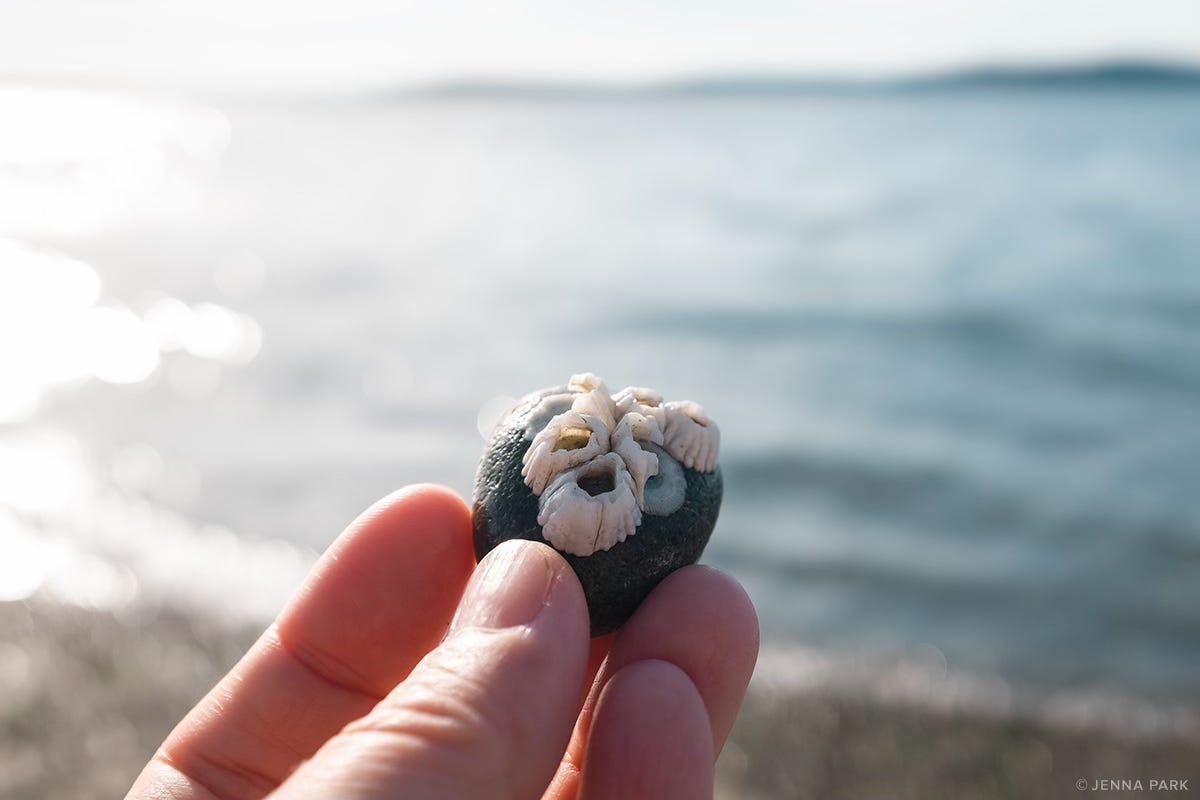
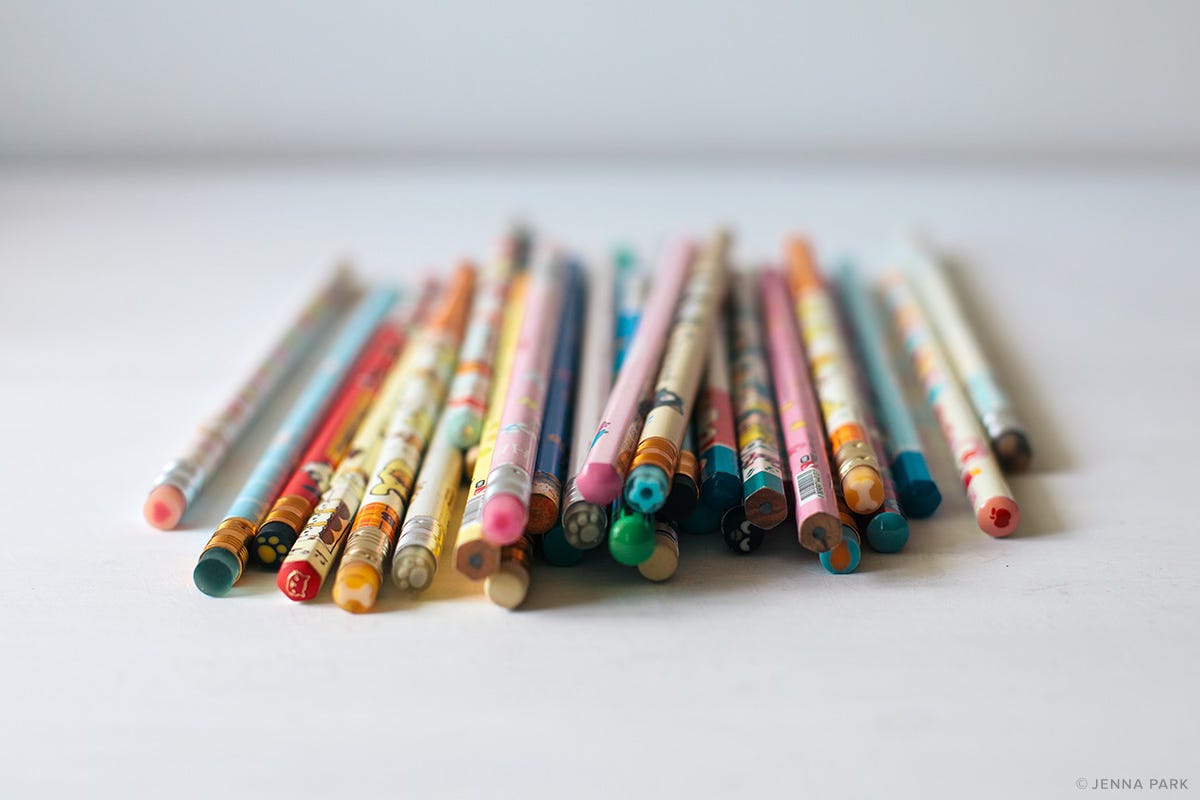
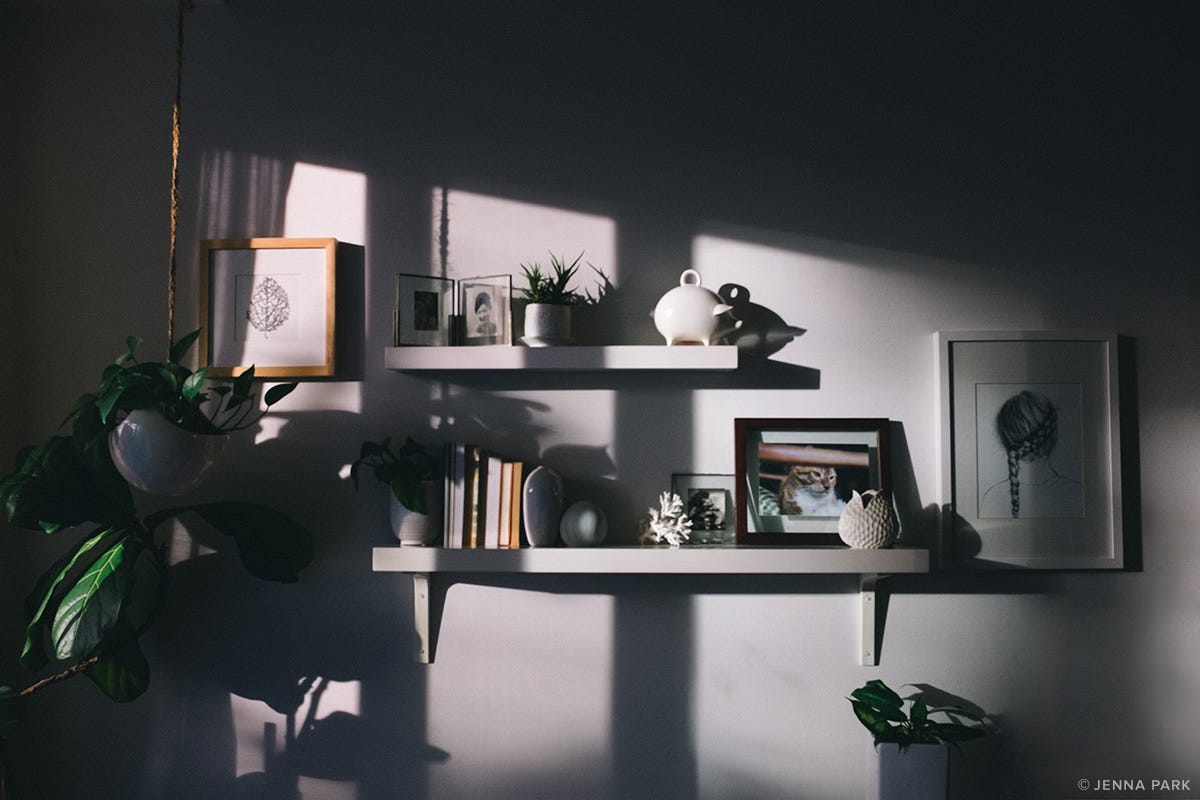
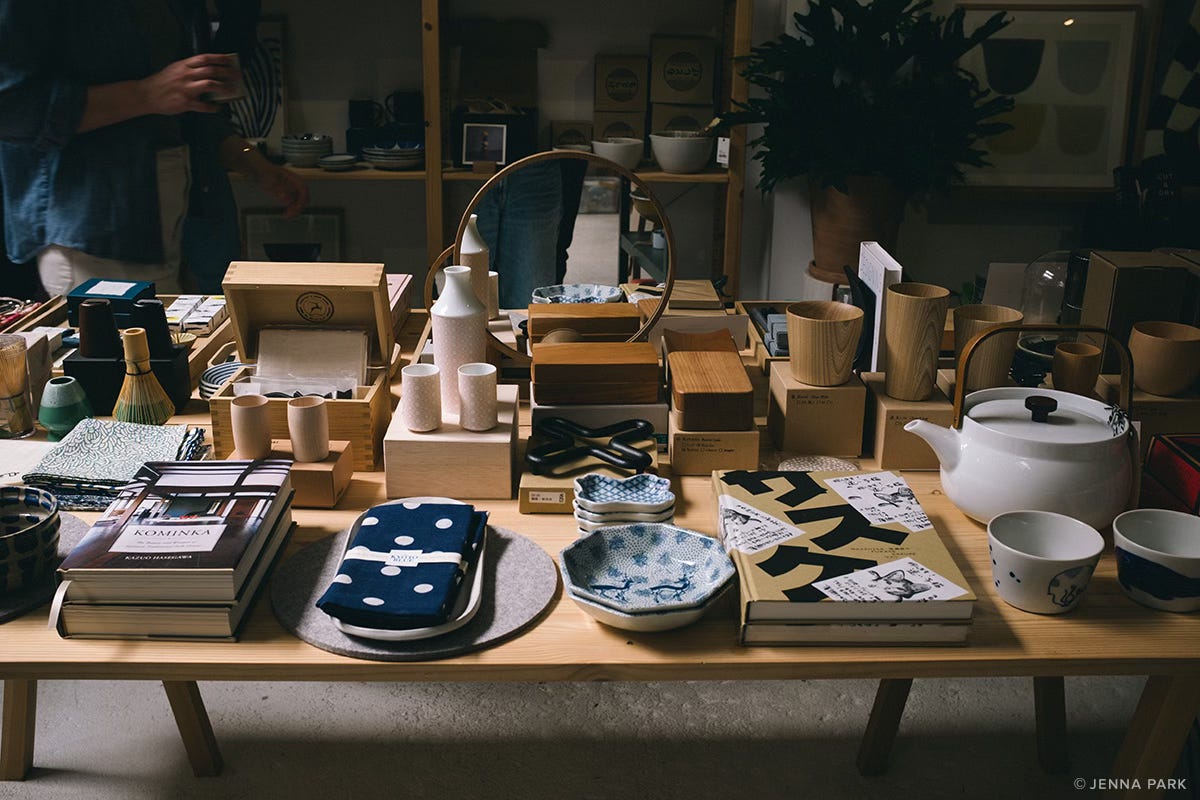
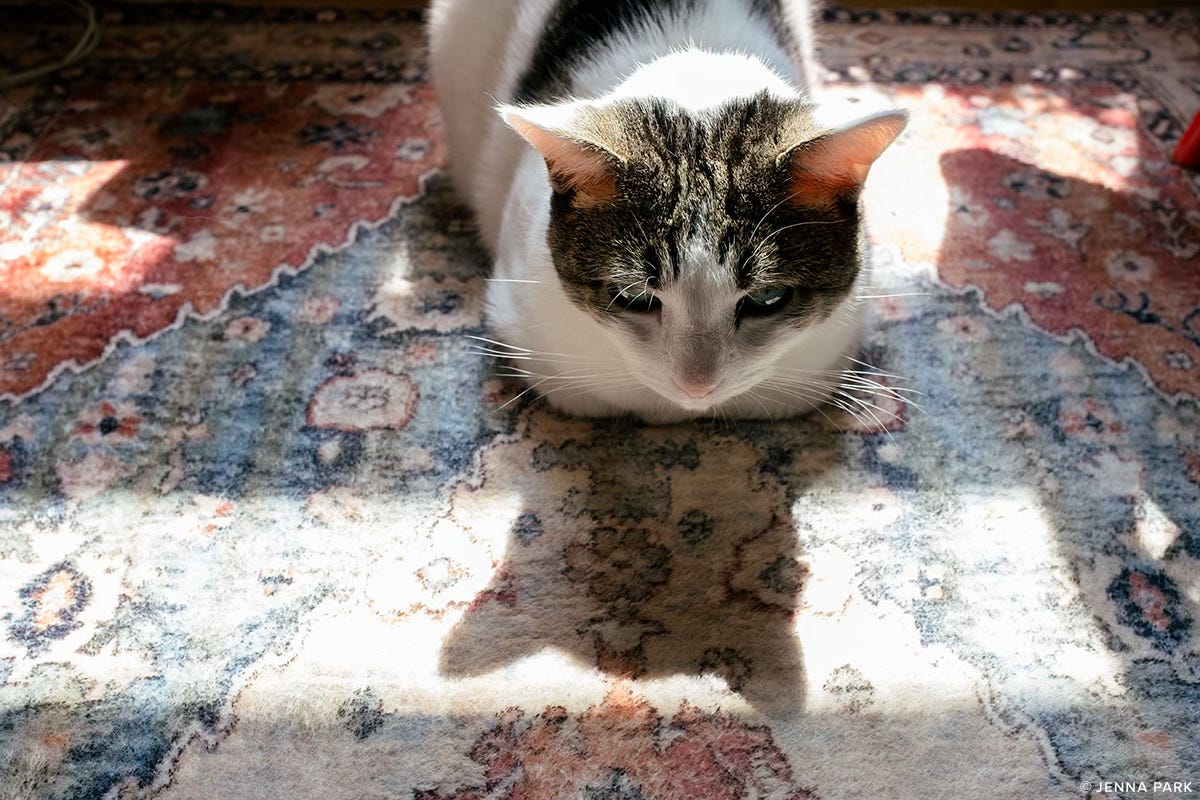


I'm lucky that I get to read about your musings about life events that we frequently share. I have just gone through 3 rooms, organizing and purging all the stuff we no longer need. At the time, I didn't connect it to memories & life change but you're so right. It feels freeing and I find a finished organized space, small or large, lifts my soul. My husband says that I like to "put things into things". What can I say, I hate physical and mental clutter.
Thank you for this thoughtful piece, to which I related so much. Interesting to know about the science behind nesting during these liminal periods, as I too am in a phase of decluttering and reset, as many of us seem to be in this back to school season. I chuckled out loud at "I get a ridiculous amount of pleasure from new shelf organizers that are completely transforming my life"- that's me to a tee!